
No matter where you travel, breakfast is an important meal of the day and so are the ways people have breakfast around the world! A typical breakfast in Japan or Mexico could be very different from the one you would have in Canada or Brazil, so let’s take a look at how it’s done around the world!
Why is breakfast Important?
Starting your day off right is important. A good breakfast can set you up for a great day at work and helps ensure you are taking care of yourself.
Breakfast often sets us up to make better food choices throughout our day than we would if we skipped breakfast or ate something unhealthy.
A good breakfast can set you up for a great day at work and helps ensure you are taking care of yourself.
Breakfast often sets us up to make better food choices throughout our day than we would if we skipped breakfast or ate something unhealthy.
The Traditional European Breakfast
Traditional European breakfasts vary from country to country and city to city, but certain elements are common throughout.
In France and Spain, for example, a typical breakfast includes fruit and coffee; Germans tend to favor bread with jam or some kind of meat.
A bowl of cereal is just as likely to show up on a menu in Munich as it is in Copenhagen or Stockholm.
What countries have in common is a general emphasis on breads and pastries, though Americans may be surprised at how little people eat for breakfast; meals often consist of coffee or tea accompanied by nothing more than a pastry (croissant), juice, milk, or maybe some fruit.
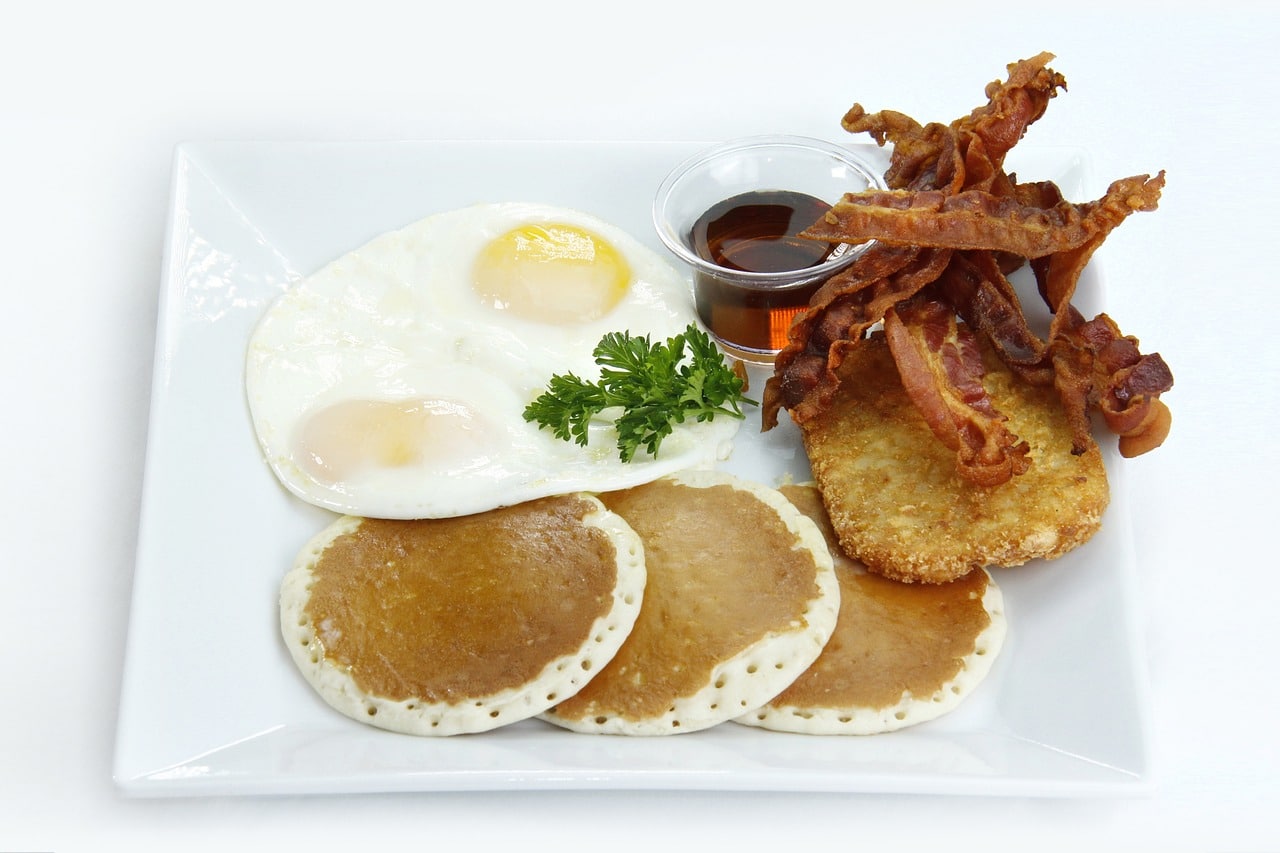
The American
When most Americans wake up, they’re craving something a little heavy on carbohydrates. A traditional American breakfast usually consists of some sort of cereal or bagel with cream cheese, orange juice, and a few slices of bacon or eggs.
It doesn’t really differ much from household to household, but for many American families it’s simply part of morning routine.
The only real variation is whether your family opts for cold cereal or hot, whether you get white bread or wheat and if your bacon comes from pork belly (more fatty) or pork chops (more lean).
Top it off with a bit of peanut butter spread on toast but wait until lunchtime because that just breaks one rule at a time.
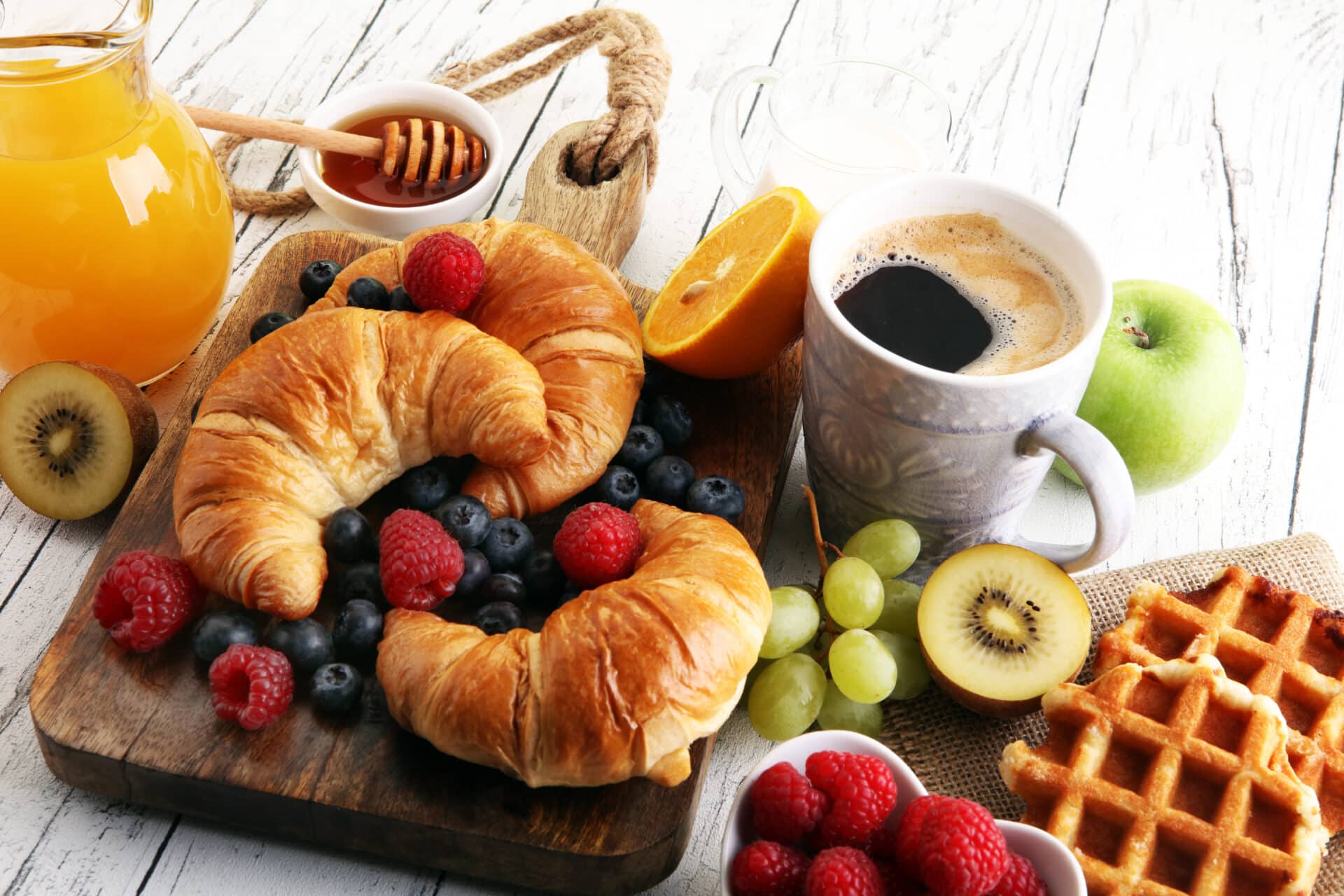
The French
In France, petit-déjeuner (breakfast) is often referred to as the little lunch and is commonly eaten between 9AM and 11AM. It’s typically light, with just a croissant or baguette accompanied by cheese, jam or fruit.
You may also see a café au lait (coffee with steamed milk) or glass of orange juice on breakfast tables in France.
However, if you want to make it even lighter, leave out one of these staples and opt for a tall glass of water instead.
The French are some of Europe’s healthiest eaters; however, don’t try to lose weight by eating more French food since there is such an emphasis on butter, cream and cheese!
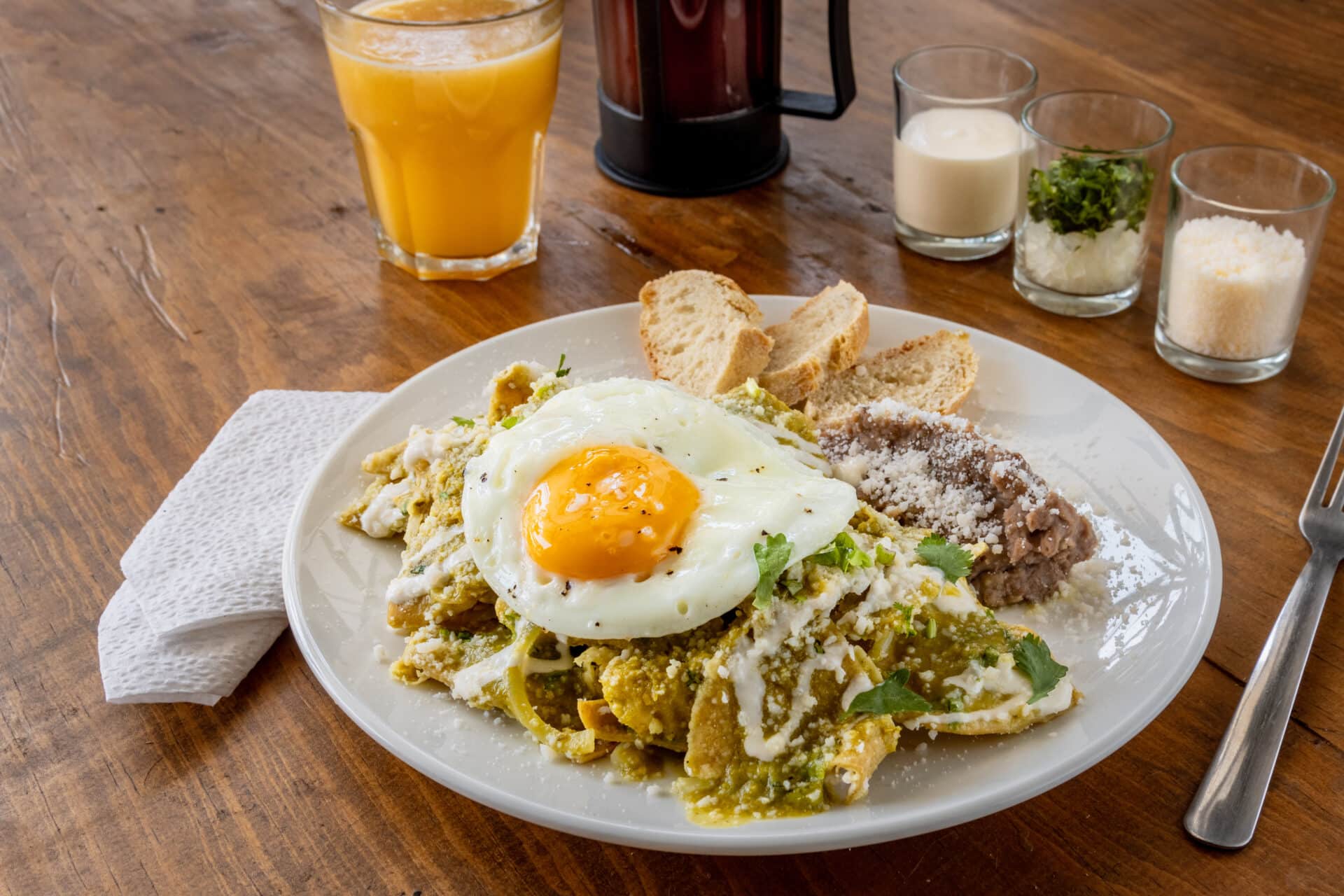
The Mexican
The most common Mexican breakfast is atole, a thick corn drink topped with milk and cinnamon.
Tortillas are also popular; if time allows, it’s not uncommon to prepare fresh tortillas on a comal (griddle) to accompany refried beans or salsa. Other Mexican breakfasts include eggs with chilaquiles (fried tortilla strips simmered in salsa and other seasonings), potatoes, or quesadillas. Sometimes an avocado will be used as an accompaniment or base for breakfast foods.
Mexicans often enjoy corn-based dishes for breakfast, since these foods help them feel full for hours after eating them.
The Japanese
In Japan, breakfasts tend to be light but nutritious. Onigiri is a simple rice ball wrapped with seaweed, filled with pickled vegetables or fish.
It may also contain a hardboiled egg. Onigiri are often sold at convenience stores and are common grab-and-go items for breakfast.
Yogurt and oatmeal porridge are also popular breakfast items among children and young adults. A variety of breads, sweet pastries and coffee drinks are consumed by older Japanese citizens for breakfast.
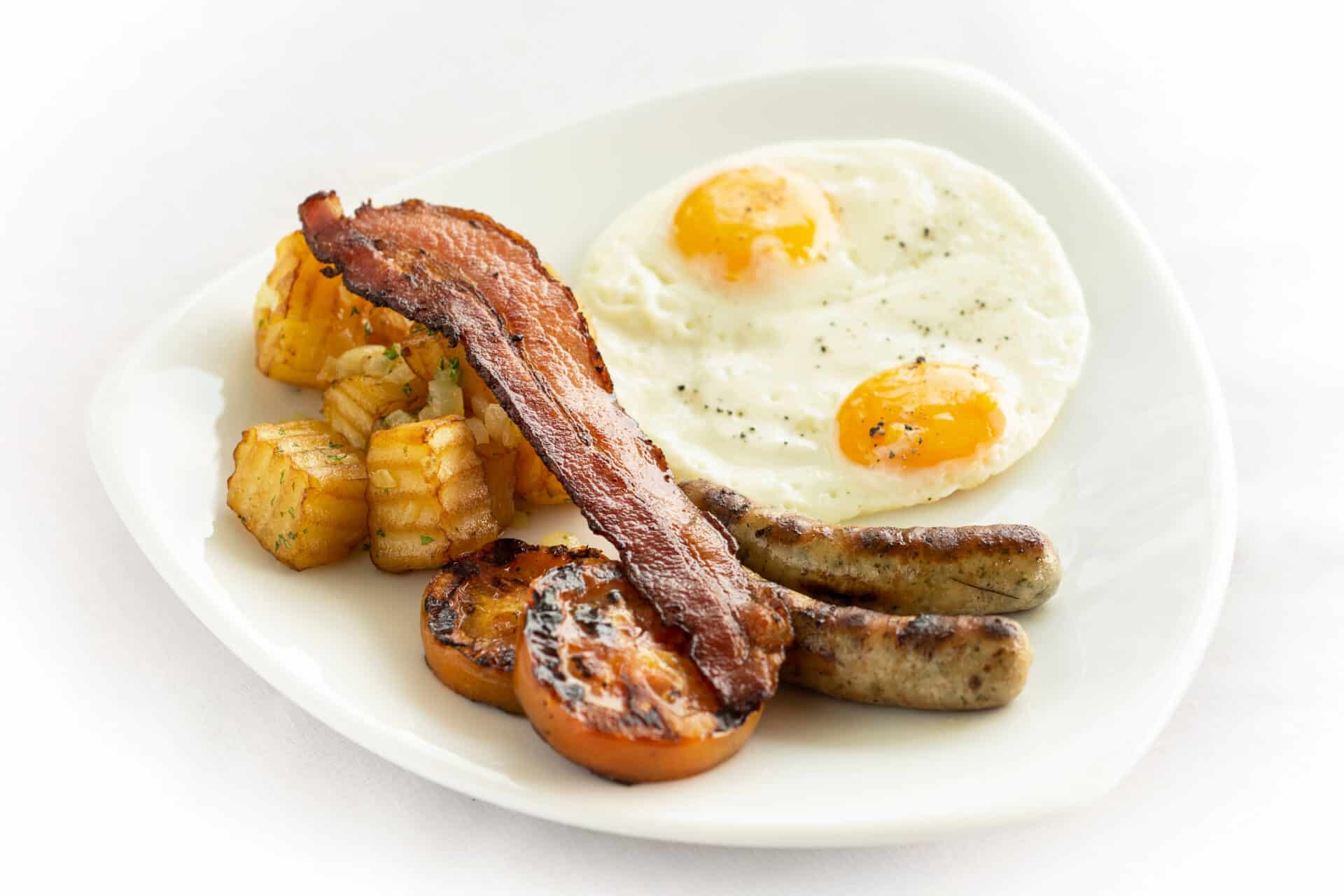
The Australian
Australians are passionate about their breakfasts. An Aussie breakfast can vary widely from one state to another and could include such items as Vegemite, a fruit salad, muesli or cooked eggs with toast.
Many restaurants in Australia serve a special breakfast menu on weekends which includes pancakes, French toast, eggs and bacon.
Australians also drink lots of coffee and tea for breakfast; chai lattes are especially popular. Australians tend to eat out for breakfast more than any other meal, so it is often served until midday on weekends at many cafes and restaurants.
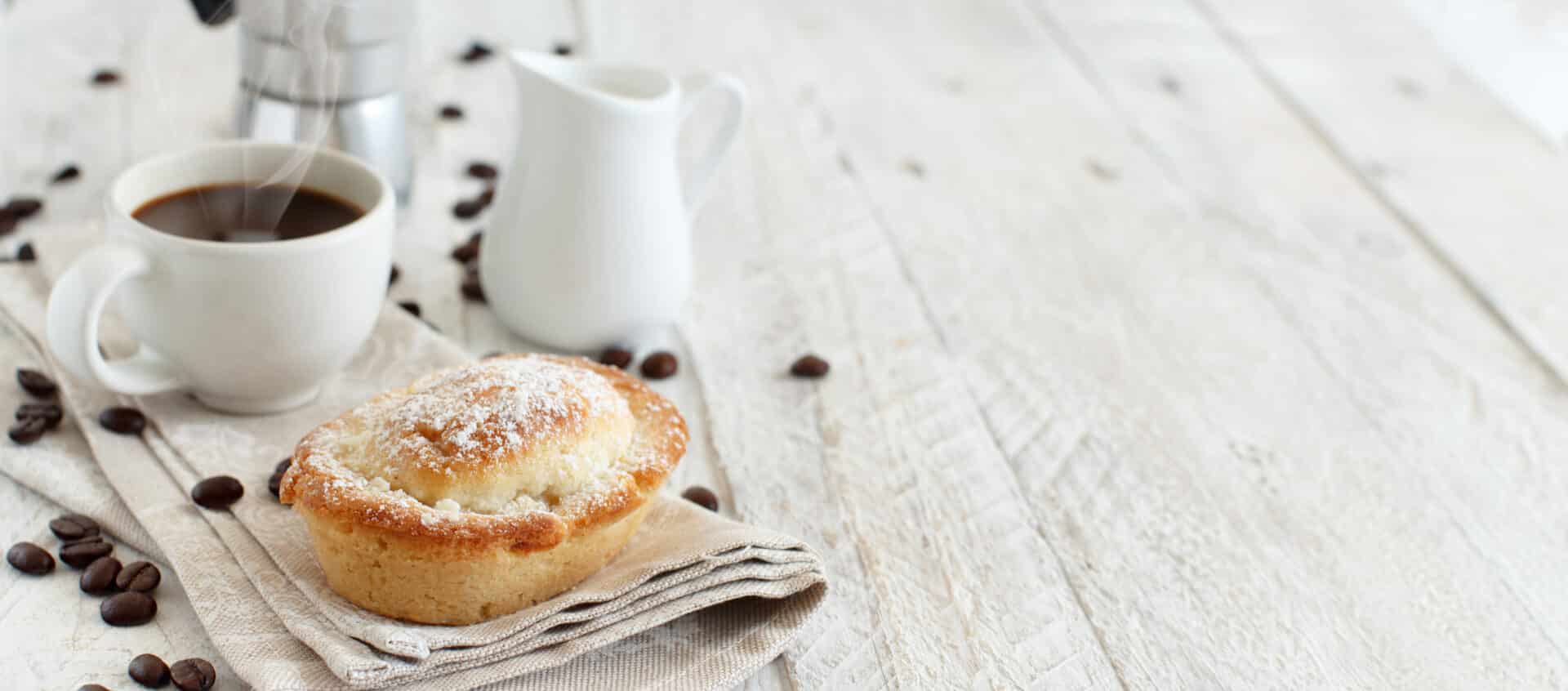
The Italians
One of Italy’s signature morning treats is cappuccino, a mix of espresso and warm milk. Because Italians are morning-people by nature, they sometimes eat breakfast out; if that’s what you want to do, be sure to get there early (like 8am) because Italian breakfast spots fill up quickly!
Other Italian breakfast staples include pesto (baked eggs with cheese), insalata caprese (tomato salad), pancetta, and frittata.
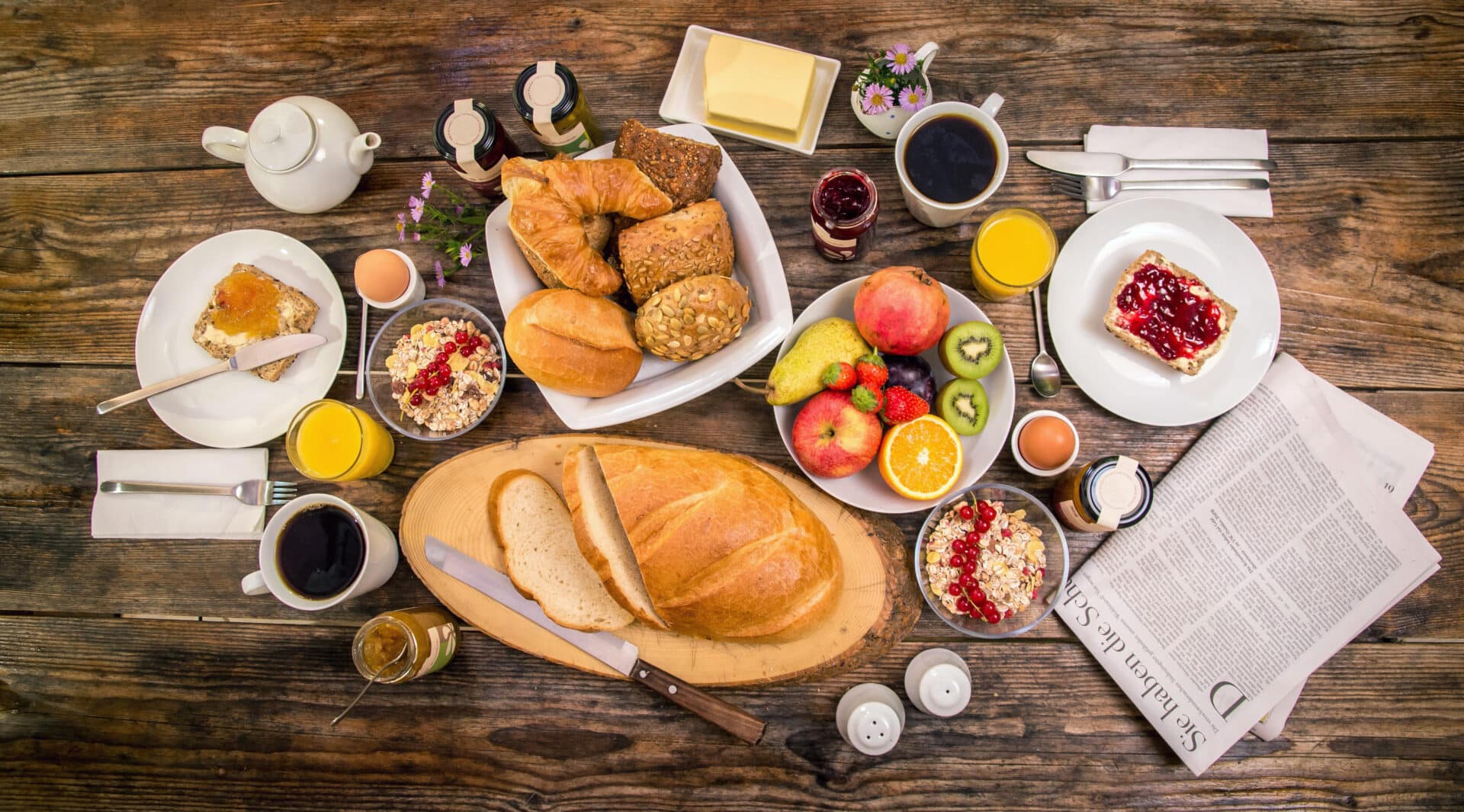
The Germans
Fittingly, most Germans eat a hearty breakfast. The typical German breakfast is called Fruhstuck, which means early dinner and consists of eggs, toast or cereal, milk or yogurt with tea or coffee.
Often there will be a spread of jams, meats and cheeses available too. Many Germans begin their day early enough to fit one last meal into it before heading off to work – dinner!
This dinner is called Abendbrot (evening bread), and includes a main course like meat and potatoes plus all of that leftover cheese from breakfast. Dinner can occur anytime between 6 p.m. and 9 p.m., depending on what time workers finished for lunch that day!
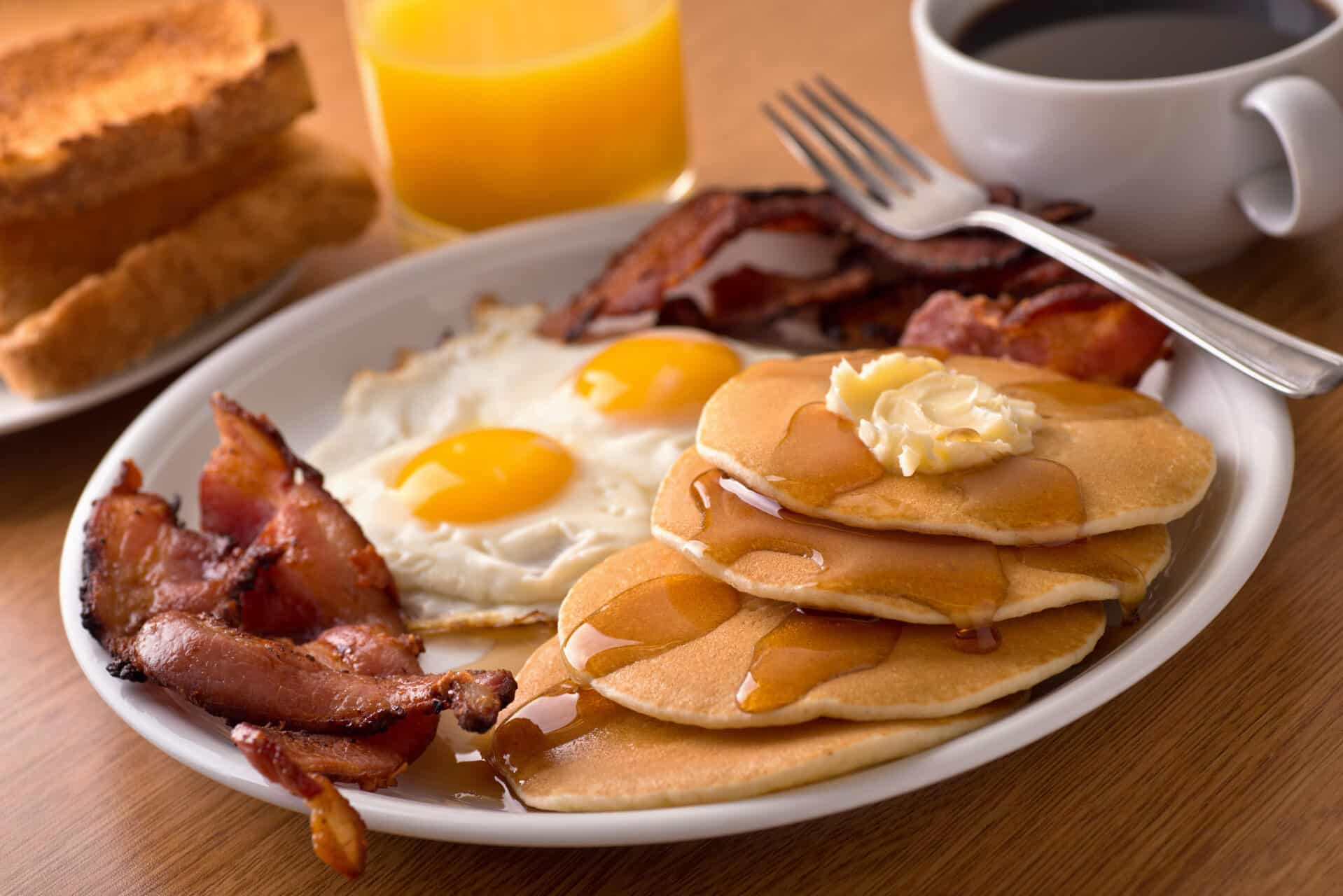
The Canadian
Canadians get up early and make every meal count. A big breakfast is especially important because lunchtime isn’t for hours. By 11 a.m., many people are already back at work or school, meaning that by noon most of them have missed two meals. So grab some bacon and eggs at a greasy spoon on your way to class—you deserve it! Just try not to get food poisoning…because then you’ll be dying for a glass of water instead of a piece of chocolate cake.
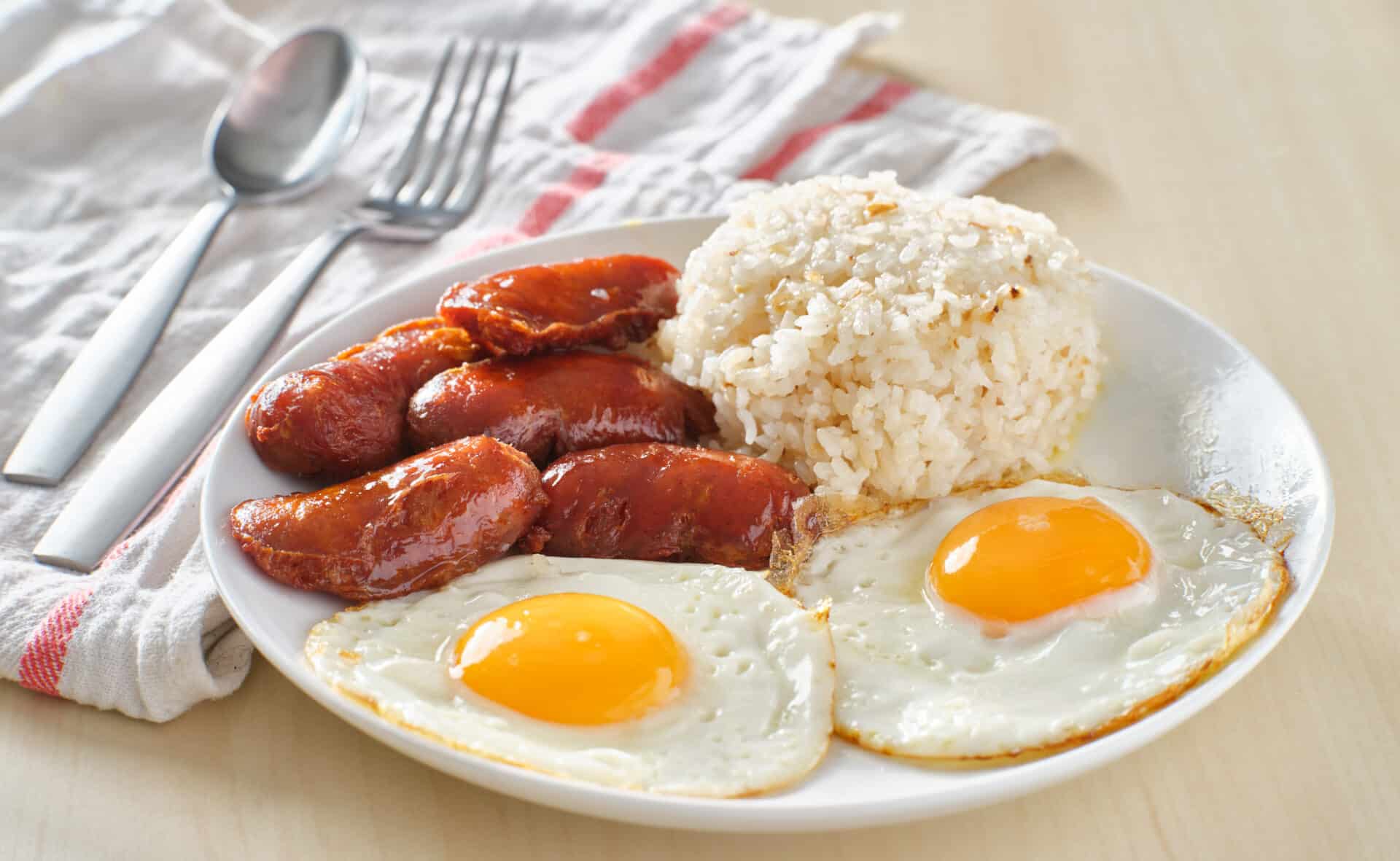
The Philippines
While some of us are still catching up on sleep, Filipinos have already woken up to a typical breakfast of white rice and meat.
They typically eat more rice than any other country, with two-thirds of all household consumption. In fact, they consume three times as much rice per capita as China or Japan.
The Philippines’s most famous dish is sinangag which literally translates to fried rice and it typically consists of plain white cooked rice stir-fried with garlic and topped with soy sauce.
I’m from Australia, pancakes remains my favorite since my childhood till now in my old age.
Good read story there.